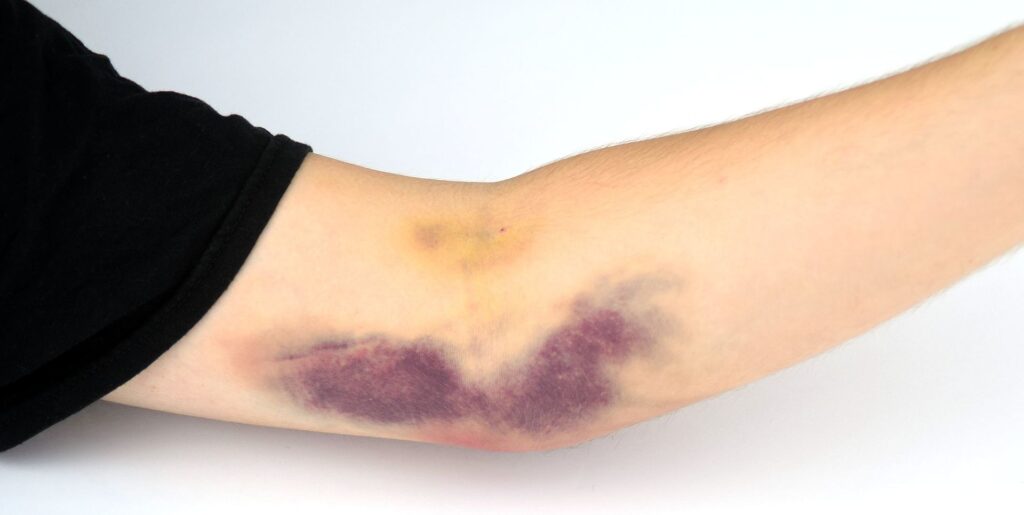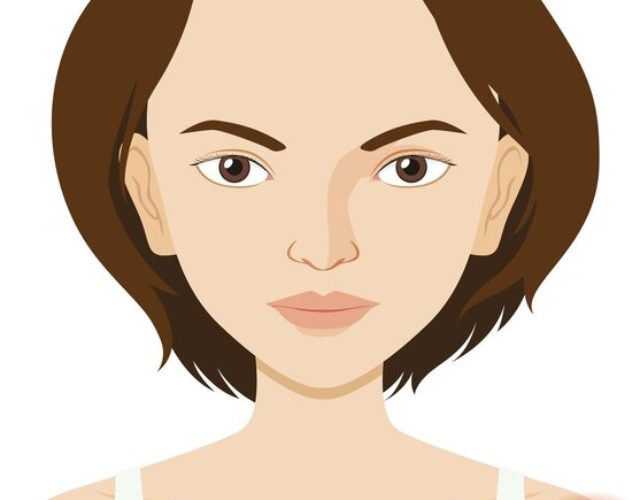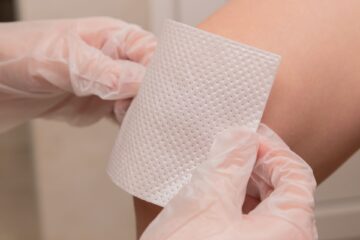First of all, when you find purple spots on your body after bumping into some furniture, falling accidentally, or even participating in a boxing match. So it just means that you are clumsy and fortunately it is not something so serious for your health. However, if none of the above has happened, it is important to investigate why. Then, do you know the difference between Purpura vs Petechiae?
Blood vessels can break and bleed into the skin, leaving small red dots (called petechiae). Also, blood can pool under the skin in larger regions that are known as ecchymoses or popularly known as hematoma.

Purpura vs Petechiae: What is the difference!
Petechiae
Petechiae are small lesions that develop as a result of a small amount of bleeding under the skin. Petechiae turn red, brown, or purple due to the bleeding. In this sense, they are typically flat to the touch, and pressing them does not change their color.
Purpura
Purple spots or patches called purpura can appear on your skin or on your mucous membranes (such as your mouth and throat). Depending on the color of your skin, the spots will appear differently. For example, they may appear black-brown in darker-skinned people and reddish-purple in lighter-skinned people.
Hematomas
The medical name for a hematoma is ecchymosis. Most bruises develop when blood vessels near the surface of the skin are damaged. In this sense, your blood vessels rupture under the force of the blow and begin to leak blood. Your skin turns purple, black, or blue when this blood collects under the skin and gets trapped there.
What are the causes of purple spots on the body?
Side effects of medication: Anticoagulant drugs such as aspirin, warfarin, or even steroids are capable of disrupting the blood clotting process, thus forming purpura or ecchymosis.
Capillary fragility: This happens when the blood vessels are weak. Thus, ruptures in small blood vessels naturally occur, leading to purple spots on the body.
Vitamin C deficiency: An indirect cause of purple spotting on the body, because the lack of vitamin C causes the blood vessels to weaken. In this sense, vitamin C deficiency, creates capillary fragility, which ultimately creates purple spot on the body.
Viral infection or disease that affects blood clotting: Every infection that interferes with blood clotting, such as yellow fever and dengue fever, can cause purple spots on the body.
Birth: In babies it is quite common for newborns to have petechiae. So-called mongolic spots are not harmful and do not show any problems to the baby’s health. These spots usually disappear gradually by about 2 years of age.
Purpura immune thrombocytopenia (PTI): is a blood disorder characterized by a decreased platelet count. Platelets are blood cells that help stop bleeding. Platelet deficiency can result in easy bruising, bleeding gums, and internal bleeding.
When is it necessary to seek medical treatment?
In general, it is normal for the occasional purple spot to appear on the body and also disappear in less than 1 month. However, if the symptom persists and there is no apparent reason, it is necessary to seek medical attention for indications of medication/treatment.
How to reduce the purple spot on the body?
The most practical way to reduce this symptom is to apply an ice pack as soon as the bruise appears. The ice helps the blood circulation that may be the main reason for the appearance of such spots.
Finally, did you find this content interesting? Share it with someone! Want to read about a specific topic here on our blog? Leave a comment making your request.










